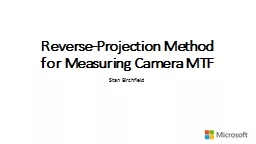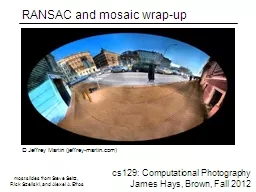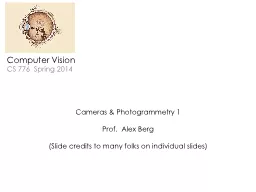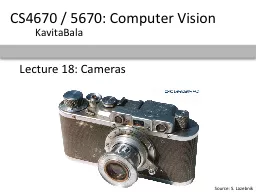PPT-Reverse-Projection Method for Measuring Camera MTF
Author : celsa-spraggs | Published Date : 2018-11-04
Stan Birchfield MTF measures camera sharpness Optical transfer function OTF Fourier transform of impulse response Modulation transfer function MTF Magnitude of OTF
Presentation Embed Code
Download Presentation
Download Presentation The PPT/PDF document "Reverse-Projection Method for Measuring ..." is the property of its rightful owner. Permission is granted to download and print the materials on this website for personal, non-commercial use only, and to display it on your personal computer provided you do not modify the materials and that you retain all copyright notices contained in the materials. By downloading content from our website, you accept the terms of this agreement.
Reverse-Projection Method for Measuring Camera MTF: Transcript
Download Rules Of Document
"Reverse-Projection Method for Measuring Camera MTF"The content belongs to its owner. You may download and print it for personal use, without modification, and keep all copyright notices. By downloading, you agree to these terms.
Related Documents














